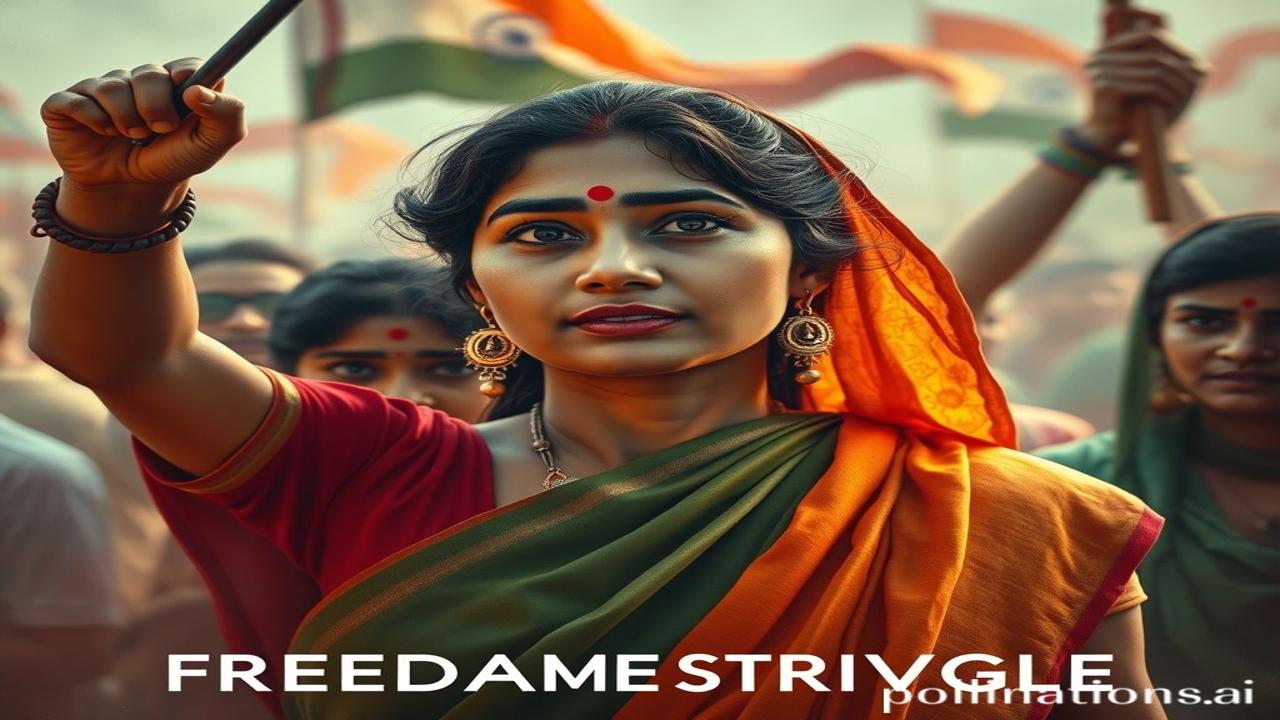लहरों की रानी: Unveiling the Forgotten Shakti of Women in India’s Maritime History
Kabhi socha hai, jab hum “India” bolte hain, to sirf zameen dikhti hai? Par is zameen ke charon taraf toh samandar hai, ek gehri, रहस्यमयी duniya. Aur is duniya mein, kitni hi kahaniyan chhupi hain, jismein bharat ki mahilaon ne bhi apni छाप chhodi hai. Chalo, आज hum उन अनसुनी आवाजों को sunte hain, jo samandar ki लहरों mein ghul gayi thin…
Samudra Manthan: Setting Sail into India’s Maritime Past
India’s relationship with the sea is ancient, going back thousands of years. Think Indus Valley Civilization, with its sophisticated port cities like Lothal. But when we talk about maritime history, women are often missing from the picture. It’s easy to assume it was a man’s world – नाव चलाना, व्यापार करना, जंग लड़ना… all traditionally seen as male domains. Lekin yeh picture puri nahi hai.
Women have always played a vital, albeit often invisible, role in India’s seafaring past. From managing coastal communities and trade to even participating in naval warfare, their contribution is undeniable. Yeh itihas sirf किताबों में नहीं, लोकगीतों में, मंदिरों की दीवारों पर, और पीढ़ियों से चली आ रही कहानियों में ज़िंदा है. Think about it – who prepared the food for the sailors going on long voyages? Who maintained the home and hearth while the men were away? Who passed down the knowledge of weather patterns and fishing techniques? The answer, more often than not, is women.
Zameeni Sach: Life on the Shore and Beyond
Imagine a fisherwoman in Kerala, her sarees vibrant against the turquoise sea, fearlessly navigating her small boat to bring back the day’s catch. Or picture the women of Kutch, embroidering intricate patterns onto sails, imbuing them with beauty and blessings for a safe journey.
Let’s even look at rulership. While rare, there are instances of women directly involved in naval affairs. Take Abbakka Chowta, the Queen of Ullal, a 16th-century warrior queen who repeatedly defeated the Portuguese navy! She was a fearless leader, a skilled strategist, and a symbol of defiance against colonial powers. Think of her, yelling commands as cannons fired, protecting her kingdom with unwavering courage!
“Hum haar nahi maanenge! Bharat ki dharti ko bachayenge!” she might have declared, her voice echoing above the roar of the waves.
Even in more domestic roles, their impact was profound. Women were instrumental in the salt-making industry along the coast, a crucial element for preserving food and sustaining communities. They were skilled artisans, crafting intricate shellwork and jewelry that were traded across the seas.
Dharohar Aur Pehchaan: Echoes in Today’s India
Today, the legacy of these women lives on in our coastal cultures. From the vibrant fishing communities of Goa to the skilled weavers of Gujarat, their influence is woven into the fabric of Indian life.
You see it in the Kolam patterns drawn outside homes in Tamil Nadu, often inspired by marine life. You hear it in the devotional songs sung by women during festivals honoring the sea goddess. You taste it in the delicious seafood dishes passed down through generations.
This maritime heritage is an integral part of Bharatiyata, reminding us of our interconnectedness with the world and the strength of our women. It challenges the often-narrow narrative of Indian history, highlighting the diverse contributions of all its people.
Mazedaar Tathya ya Bhram-Bhanjak: Shocking Truths
Log samajhte hain ki sirf Mard hi Jahaz chalate the, lekin asli sach yeh hai ki कई संस्कृतियों में महिला नाविकों के बारे में कहानियां हैं, हालाँकि वे अच्छी तरह से प्रलेखित नहीं हैं। We need more research to unearth their stories fully.
Another misconception is that coastal communities were isolated. In reality, they were vibrant hubs of trade and cultural exchange, with women playing a key role in connecting India to the wider world.
Drishya aur Bhavanaen: A Sensory Sea
Imagine standing on the Konkan coast, the air thick with the salty smell of the sea and the sweet fragrance of jasmine flowers woven into the women’s hair. The sound of crashing waves mixes with the rhythmic chanting of prayers as women offer coconuts to the ocean. The sun sets in a fiery blaze, painting the sky with hues of orange and purple, as fishing boats return to shore, laden with the day’s bounty.
The cool, damp sand feels soft under your feet as you watch families gather on the beach, sharing stories and laughter. It’s a scene that has played out for centuries, a testament to the enduring connection between the people of India and the sea.
Antim Vichar ya Uddharan: A Salty Conclusion
The story of women in India’s maritime history is a story of resilience, resourcefulness, and quiet strength. It’s a reminder that history is not just about kings and battles; it’s about the everyday lives of ordinary people, especially those whose voices have been historically marginalized.
“Sindhu bina Bharat adhura, Shakti bina kahani adhuri.”
Just as the ocean nourishes the land, so too did these women nourish the soul of India. Let’s remember them, honor them, and continue to unearth their hidden stories. Jai Hind!
